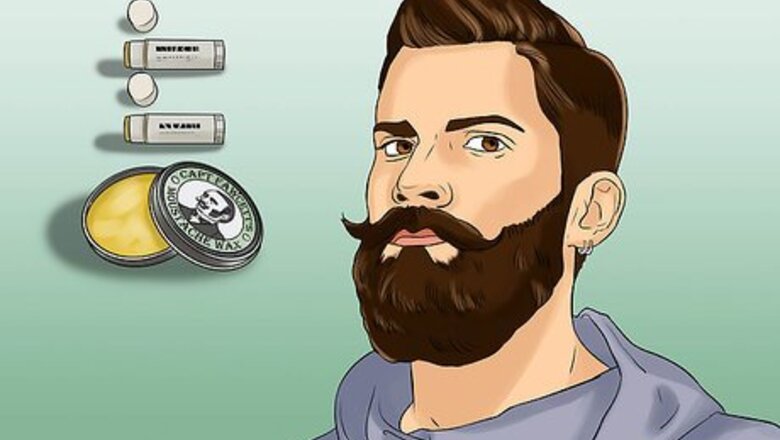
views
Picking Your Wax
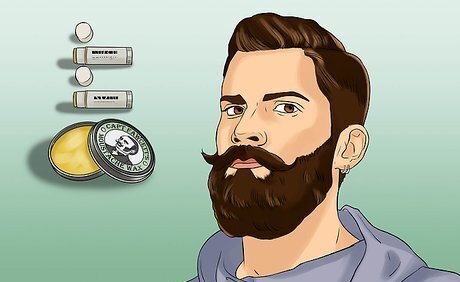
Decide what wax you want. There are many varieties and sub-varieties. You can find waxes that are: Organic, Petrochemical-Free, Tinted, Soy Free, or Vegan, as well as Traditional Petrochemical Varieties. Waxes can also be purchased in different holding strengths: light/medium, medium, strong, or extra strong.
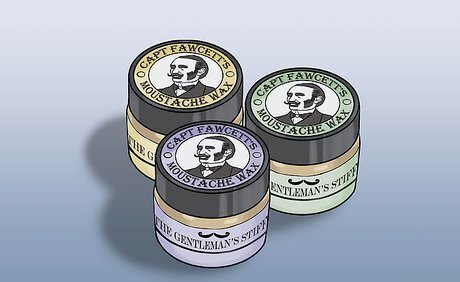
Consider three other factors when choosing your wax. They are the quality of the ingredients, the scent of the wax, and the color of the wax. The quality of the ingredients. Many waxes contain synthetic ingredients like petroleum jelly. Petroleum jelly shouldn't be a deal-breaker, but you may want to stick with waxes made of natural and organic products. The best waxes usually include a mix of beeswax and natural oils and butter. The scent of the wax. Wax scent is a personal preference so you should buy it accordingly. Some men are sensitive to smells; if you're one of them, you'll want to look for waxes with a light scent or no scent at all. The color of the wax. Waxes come in different colors, so it's always a good idea to choose one that matches your beard and mustache color.
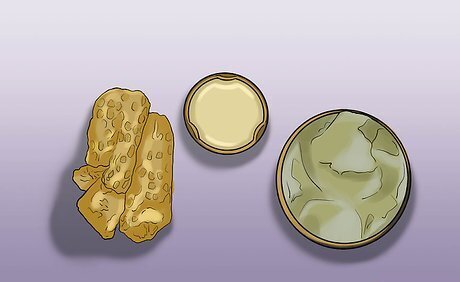
Choose your style of wax. Traditional Wax. Traditional Wax usually comes in a tube and is more likely to contain petrochemicals (Petroleum Jelly, Mineral Oil, etc.). The ratio is typically 1:1 Beeswax and Petroleum Jelly. This formulation was very popular back in the day before people began taking a serious look at the possible negative health effects prolonged exposure to such chemicals may cause. The hold of traditional wax can be light to medium, and for some men, this is all they need. The consistency of the wax is soft and very malleable. This wax has also been reported to cause clogged pores, acne, hives and skin irritation. The long term side effects are tough to gauge and an independent study has yet to emerge. Just keep in mind this will be under your nose all day. Modern Moustache Wax/Trainer. A lot of new waxes on the market can be found packaged in a rectangular or round container. Wax in a tin is a good sign that the ingredients used are natural or organic. However, there are some exceptions. We recommend that you read the ingredients label carefully. If you cannot find a label there is a high possibility that the product contains something questionable. Contact the supplier if in doubt.
Applying Moustache Wax
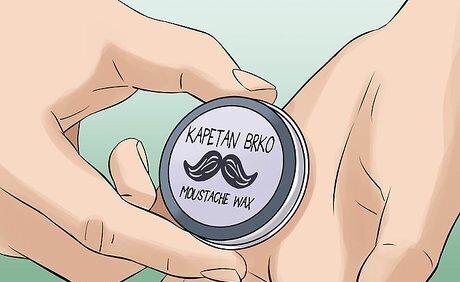
Use wax in a tin as it will be less malleable; this wax works best above room temperature. Some waxers use a hair dryer set to low heat to blast it for a few seconds to soften the wax. If you do choose to heat it be careful. You never want to heat the wax to a liquid state. Others prefer running the closed tin under the hot water tap for a minute or two. The more experienced and familiar you become with wax the less you will need to use these methods.
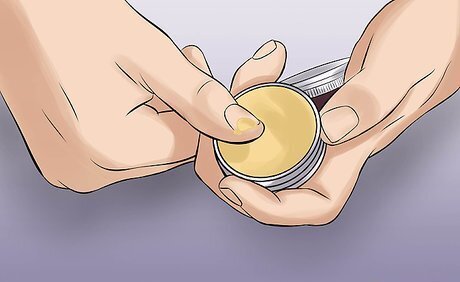
Simply scrape off the wax with the nail of your thumb or forefinger. To do this place your forefinger on the surface of the wax, then lift and tilt your hand. This will put your finger at a 90-degree angle and the tip of your nail should just graze the surface. Now slide your fingernail across the wax, from one end of the tin to the other. A shaving of wax will build up on the back of your nail. With your thumb and forefinger work the wax into a pea size ball.
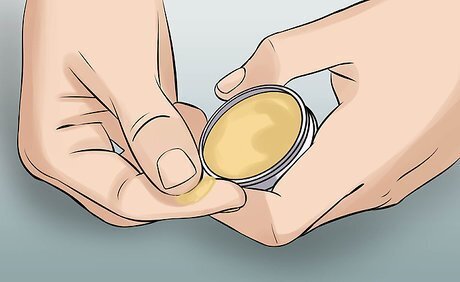
Flatten the ball between your fingers and rub the wax back and forth. The wax should become warm and very workable.
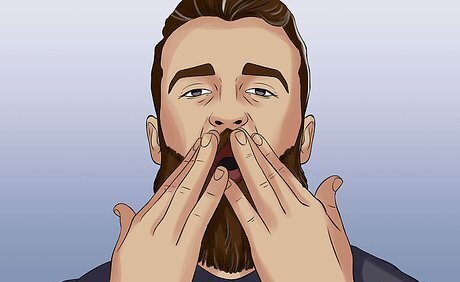
Begin to work the wax into your moustache. Start from the center and work your way out to the tips. Repeat this process on the other side of your stache. Now, with a comb or children's toothbrush, rake the wax through the whiskers. Finally, it is time to mold and shape. Make sure your beard is completely dry. Adding wax to a damp or wet beard reduces its effectiveness.
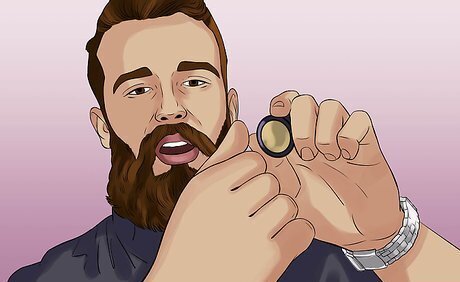
Depending on the length of your whiskers and the style you are aiming to achieve, you may need to add some more wax. It may take you a few times before you have a good idea exactly how much wax you'll need for your beard. A good rule of thumb is that you should start with a small amount and only add more if needed. If you are just trying to keep the hair out of your mouth, use the comb or brush to part the hair. When this is done on a daily basis the whiskers will become trained.
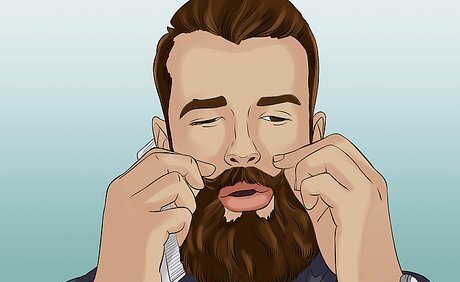
Look at the results. The freshly waxed moustache may appear greasy at first but as it dries and stiffens this will change. A good wax will not be visible in your bristles or flake. If you are experiencing any of these issues discontinue use.
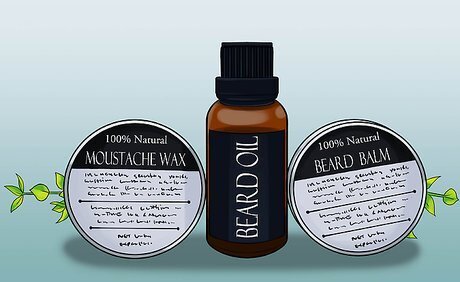
Consider going organic. The benefits of using an organic wax over a petrochemical based one is not only will it give you a great, safe hold but often the ingredients in organic waxes will penetrate the hair shaft giving your stache a deep conditioning, thus strengthening the bristles over time. Petroleum Jelly does not penetrate the hair shaft, but coats it, creating a moisture barrier.
Removing Moustache Wax
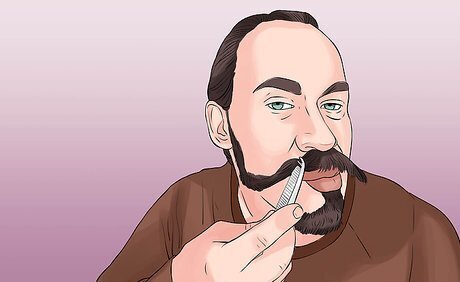
Know why it's best to remove moustache wax. If you don't, build-up will occur which may in turn cause blocked pores and weigh down. Traditionally, removing moustache wax was done with hot soapy water. But, due to the fact that most soap these days are not actually soap but detergents, hair damage is inevitable. Detergents cause dryness and split ends. So, as an alternative opt for a liquid, oil-based moustache wax remover and conditioner.
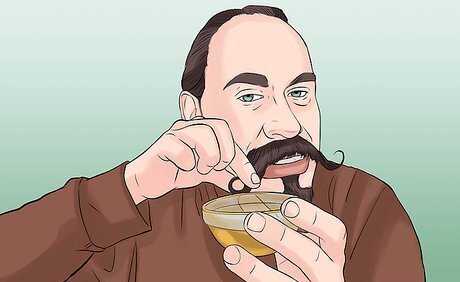
Massage a small amount of the remover into your moustache. Make sure to coat all the bristles. Allow the oils a minute or two to bind with and loosen the wax, then comb or brush out from the center towards the edge of the mouth. At this point, you can choose to rinse your moustache with warm water or leave in the oils for an overnight deep conditioning [recommended].














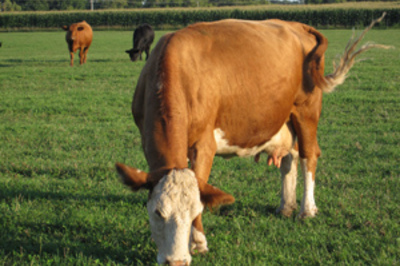



Comments
0 comment